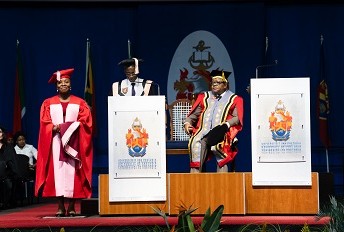
Posted on May 10, 2024
Dr Victory Sumanu, an example of resilience and dedication, recently graduated with a PhD in Veterinary Physiology from UP. Her research explores alternative options for sustainable poultry farming practices.
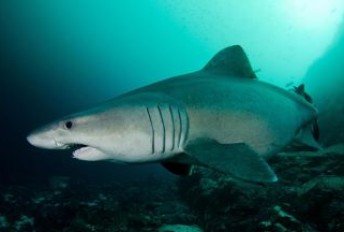
Posted on November 13, 2023
New research arising from a collaboration between scientists at the University of Pretoria (UP) and Trinity College Dublin has shown there are likely more warm-bodied sharks out there than previously thought.
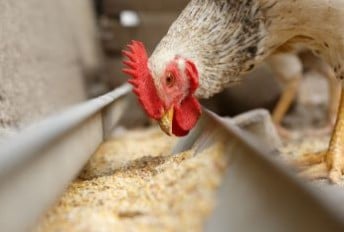
Posted on September 21, 2023
As global warming turns up the heat, ascorbic acid (vitamin C) and a probiotic added to the feed of chickens raised for meat on small-scale farms in South Africa could help them cope better with heat stress.

Posted on April 20, 2023
UP veterinary science lecturer Thembeka Mtetwa details her journey from attending public schools where there was “limited or no access to resources” to becoming a published academic and now the proud of holder of a PhD.
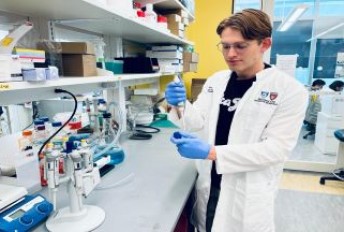
Posted on April 12, 2023
Michael Stark began his research journey in the Department of Physiology in 2019 under the supervision of Dr. Michelle Visagie and Professor Annie Joubert when he was only 19 years old. He is the first undergraduate student in the Department of Physiology to initiate his cell biology research...

Posted on October 10, 2022
Researchers at the University of Pretoria (UP) are making today matter by battling aggressive breast cancer through identifying genes that make African women more susceptible to certain forms of breast cancer. However, this is no easy task as very little genomic information is known about African...
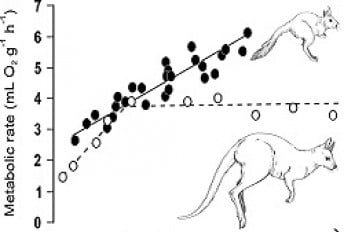
Posted on February 03, 2022
While kangaroos are distinguished for their well-developed hindlimbs which they use to hop across the Australian outback, it seems South Africa has its own unusual hopper – the springhare. A new study published in the Journal of Anatomy suggests that “the diminutive springhare is a...
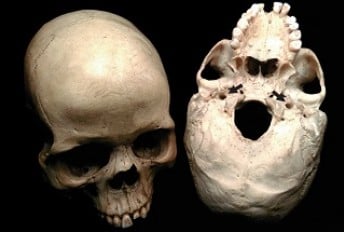
Posted on November 13, 2019
The great apes, including humans, gorillas, chimpanzees, bonobos and orangutans, are very intelligent. But how does the intelligence of living great apes, such as Koko the gorilla, compare with our 3 million-year-old relatives, such as “Lucy” the Australopithecine?
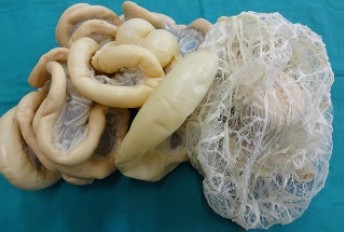
Posted on September 17, 2019
The Plastination Unit in the Department of Anatomy and Physiology at the University of Pretoria’s Faculty of Veterinary Science has created more than 200 plastinated specimens since it became operational in 2017. Louise de Bruin spoke to unit head Wilma Olivier.

Posted on July 30, 2018
A major challenge in cancer research is to find agents that target cancer cells, while leaving healthy cells alone and unharmed. Chemotherapy and radiotherapy treatments can have many undesirable side effects because they damage healthy cells as well.

Posted on June 20, 2018
The Faculty of Veterinary Science’s Department of Anatomy and Physiology has taken a simple, but incredibly progressive step towards protecting the health of staff and students by reducing their exposure to human carcinogenic compounds in its dissection halls. Other dissection halls and...
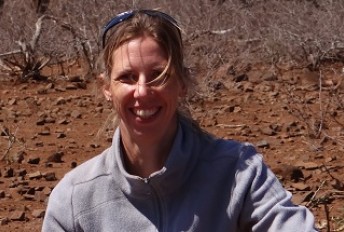
Posted on September 20, 2017
Giraffes are now listed as a threatened species, and it is said that there are currently fewer giraffes than elephants in Africa. Research taking place at the University of Pretoria, will ensure a greater understanding of this species.
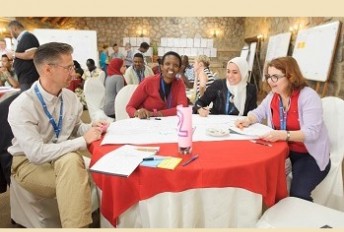
Posted on May 09, 2016
As the challenges we face in the world, and especially in Africa, become more complex, a different style of science leadership is required. The Africa Science Leadership Programme (ASLP) was launched in June 2015 to address this, and recently concluded its second round of interactions with...
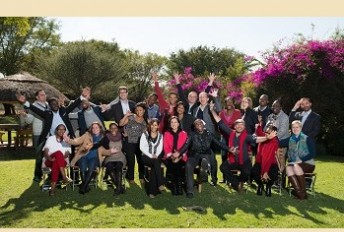
Posted on March 04, 2016
Twenty-two outstanding scientists from major regions in Africa will participate in the second round of the Africa Science Leadership Programme (ASLP). The scientists represent basic and applied sciences, and span a wide variety of disciplines including the social sciences and humanities. The...
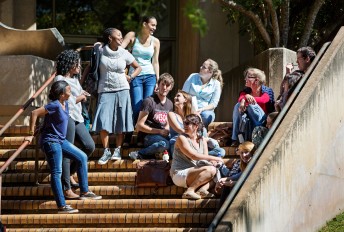
Posted on February 03, 2016
The course is suitable to colleagues/students who are not familiar with non-invasive techniques and will allow participants to gain practical experience in techniques of non-invasive endocrine monitoring including sample workup preparation, performance of enzyme immunoassays (EIA), data...
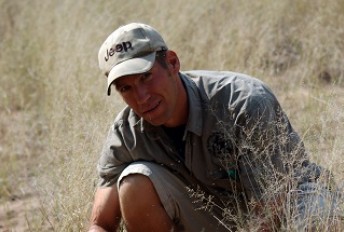
Posted on August 20, 2015
The Endocrine Research Laboratory (ERL), in the Department of Anatomy and Physiology in the Faculty of Veterinary Science, has established numerous non-invasive tests for a wide range of species.
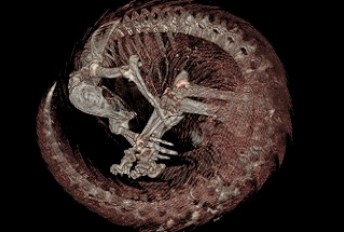
Posted on July 01, 2015
Dr Christine Steyn, of the Department of Anatomy and Physiology in the Faculty of Veterinary Science, is one of only a few people doing research on the anatomy of this shy animal.
Copyright © University of Pretoria 2025. All rights reserved.
Get Social With Us
Download the UP Mobile App